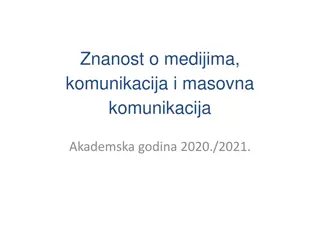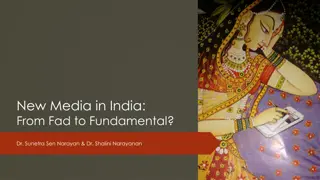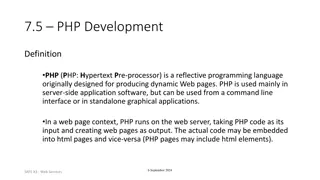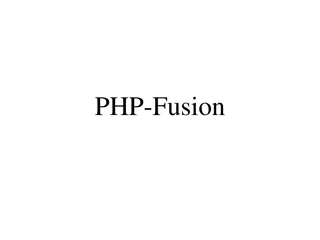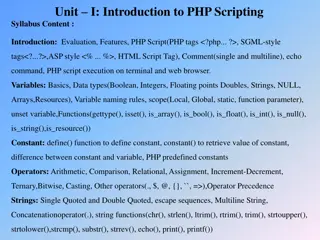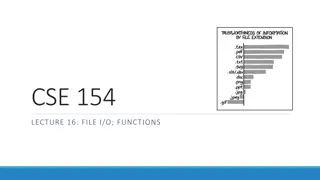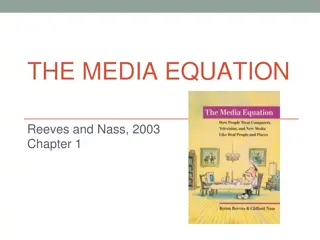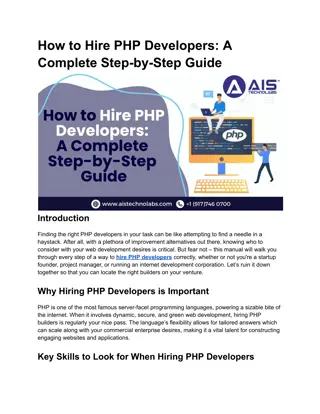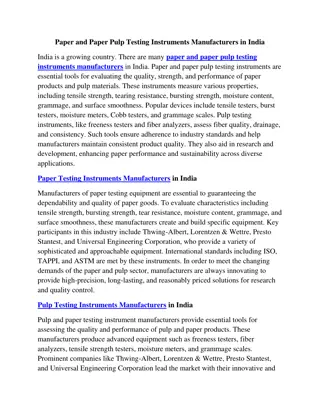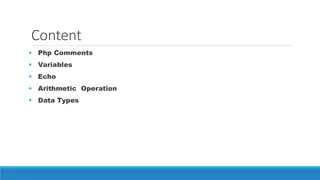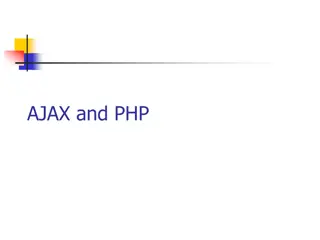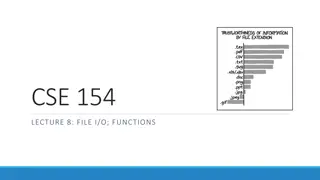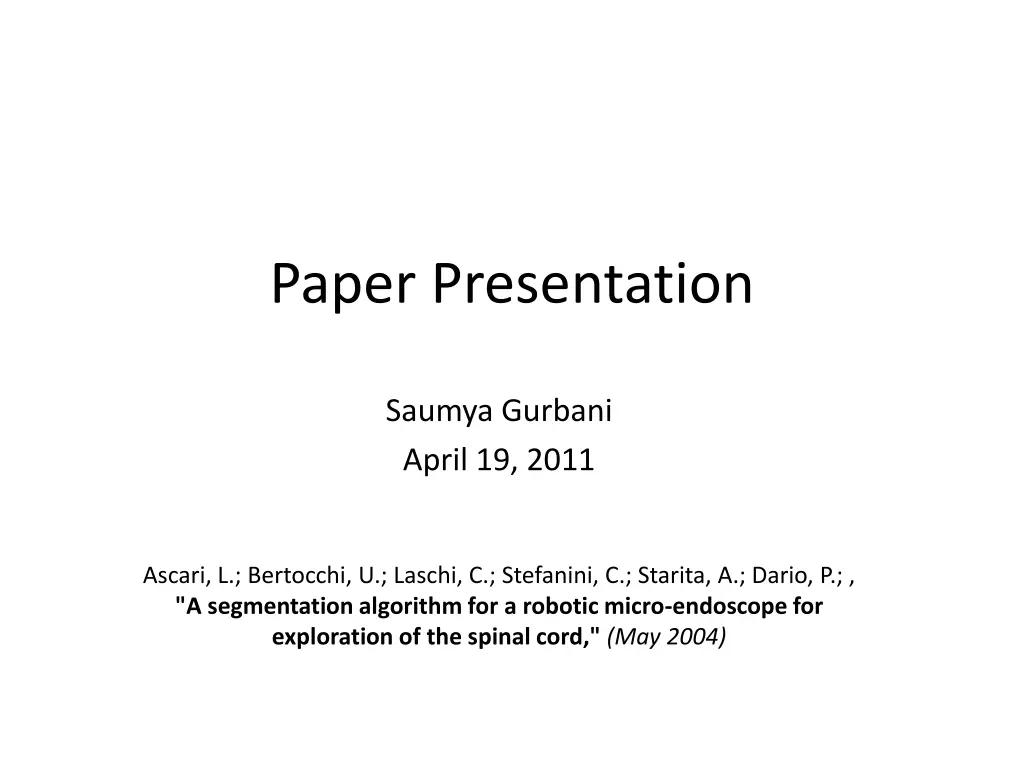
Advanced Image Segmentation Algorithm for Endoscope Video Feeds
Explore a robust segmentation algorithm for endoscopic visual feeds, enabling enhanced analysis of grainy and blurry images, with implications for medical imaging applications like cochlear implant surgery.
Download Presentation

Please find below an Image/Link to download the presentation.
The content on the website is provided AS IS for your information and personal use only. It may not be sold, licensed, or shared on other websites without obtaining consent from the author. If you encounter any issues during the download, it is possible that the publisher has removed the file from their server.
You are allowed to download the files provided on this website for personal or commercial use, subject to the condition that they are used lawfully. All files are the property of their respective owners.
The content on the website is provided AS IS for your information and personal use only. It may not be sold, licensed, or shared on other websites without obtaining consent from the author.
E N D
Presentation Transcript
Paper Presentation Saumya Gurbani April 19, 2011 Ascari, L.; Bertocchi, U.; Laschi, C.; Stefanini, C.; Starita, A.; Dario, P.; , "A segmentation algorithm for a robotic micro-endoscope for exploration of the spinal cord," (May 2004)
Project Review Use borescope imaging of the cochlea in order to generate safe paths and virtual fixture for use in cochlear implant surgery
Background and Motivation Ascari et al present a new algorithm for segmenting visual feeds from an endoscope Is robust enough to use for grainy and blurry images We plan to implement such an algorithm for the video feed from our borescope
Algorithm Overview Histogram Pre- processing Lumen search Contour Formation Nerve and Vessel Detailing
Image Pre-processing Uses an adaptive histogram with a 5-pixel sliding window Sorts the pixels by their luminance (0-255) Ascari et al (2004)
Image Pre-processing Find local minima on histogram Function h[i] defines the number of pixels in image at luminance value i + ( [ ] [ 1 ]) ( [ ] [ 1 ]) h i h i AND h i h i Find h[i] s.t.
Image Pre-processing Always underestimate luminance Merge minima together if they are close. Keep higher luminance value only if [ ] . 0 85 * [ ] h higher i h lower i
Image Pre-processing There is a peak between two minima if ]) [ ] [ ( + lower higher h / 2 h i h i . 0 75 average Apply same formula to choose one peak . 0 ] [ higher i h 85 * [ ] h lower i Ascari et al (2004)
Lumen Search Set the threshold value to be the maximum of the local minima, and threshold less than 65 (clear lumen) or 135 ( dirty lumen) Filter out small regions Ascari et al (2004)
Clean vs Dirty Lumen Dirty lumen caused from image blurring or from semi-transparent structures blocking view Dirty Lumen Clean Lumen
Finding Contours Traditional edge segmentation yields very smooth contours which do not match the image Authors present a hybrid method
Finding Contours 1. Join all segments labeled as lumen 2. Use a modified Convex Hull algorithm to determine the shape of lumen Convex Hull algorithm finds a set of points P which form a polygon surrounding the lumen. Algorithm modified and image sub-sampled to give O(n)
Convex Hull Algorithm Example http://www.cse.unsw.edu.au/~lambert/java/3d/hull.html
Segmented Image Ascari et al (2004)
Experimental Results Showed complete accordance with classification made by medical doctors Runs at 16fps in 2004 Ascari et al (2004)
Critique Safety minded Algorithm is shown to be quite robust Runs at 16fps, which could be dramatically faster on today s architecture
Critique Threshold value of 65/135 More data from experimental trials Limited analysis of running time; lack of explanation of computational modifications
Relevance to Our Project Live video analysis while surgeon guides borescope Segmentation allows for semi-automated safe path planning Additional safety measure for detecting sensitive features during surgery
Paper vs Our Pictures Ascari et al (2004)
Future Work Authors mention further studies into developing 3D perception during navigation Combine with pre-operative CT images to generate 3D meshes and registration

